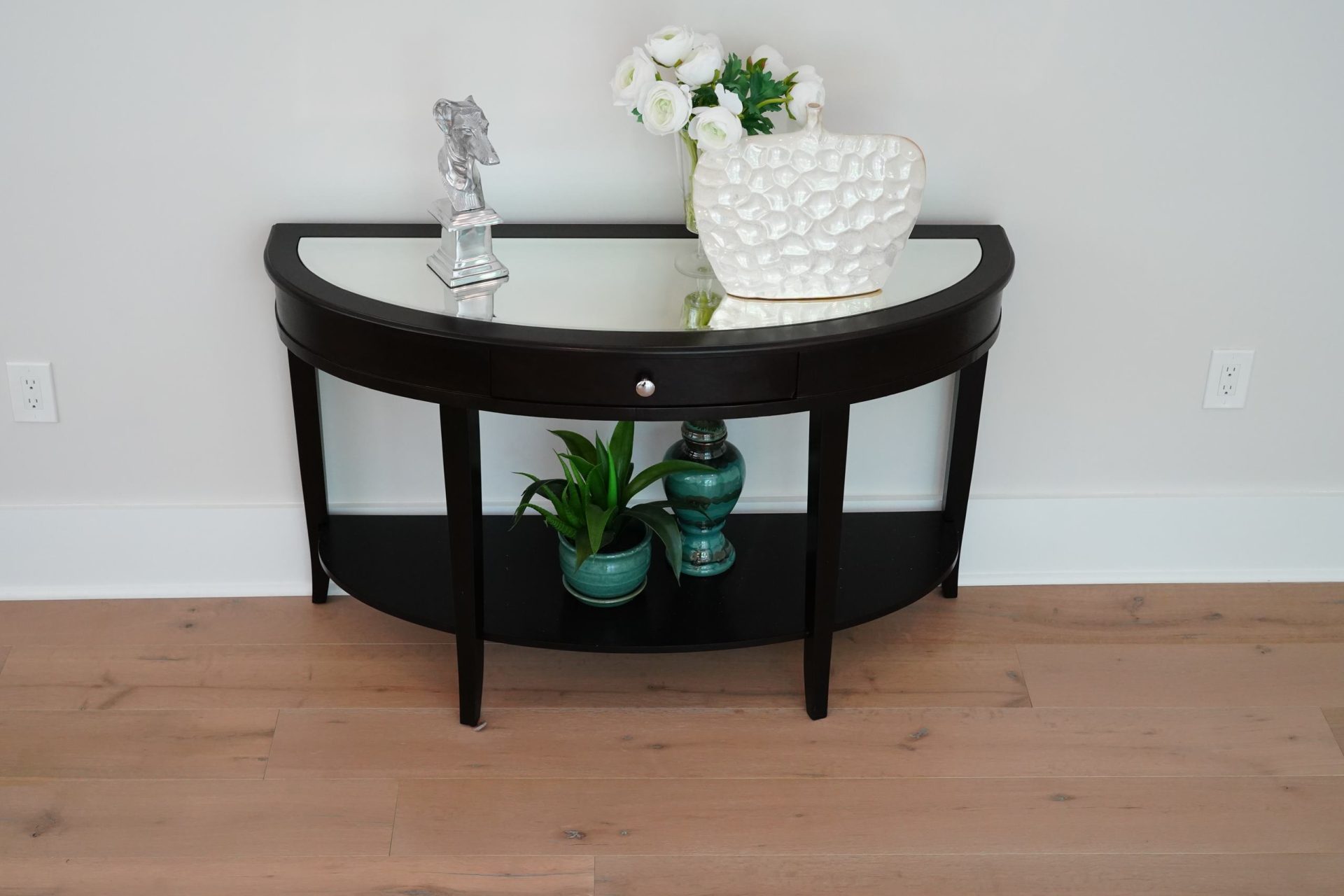Silence Creakiness: How to Fix Squeaky Hardwood Floors
- Published By: District Floor Depot

With the DIY market climbing into the $14 billion range, it’s clear that people are taking on bigger and more complicated issues. Most homeowners have things they want to address and wonder things like how to fix squeaky hardwood floors. It turns out it’s not so hard after all. Here are five ways you can fix your squeaky floors.
1. Fill In Your Gaps
If you want to get a handle on your squeaky floors, one of the best places to start is in the gaps beneath your floor. If you have access to that without having to tear up your floor, you could save yourself a lot of trouble. Get underneath your floor and have someone walk across then try to find all the squeaky points. Use a flashlight pointed down from above to pinpoint the location of the squeak and to see if there’s a gap there. If you see a gap between the top level of the floor and the subfloor, put a shim in the space with some glue on it. Don’t force your shims in or try to hammer them in aggressively. You could have the opposite impact and create a lump in your floor. That’s just as bad and could lead to other problems. You want to fill the space, keep the wood from moving up and down, and silence you squeak. Anything more would be overkill. Go all around your floor where you have access to the underside and fill in any gaps this way. You’ll make a noticeable difference in how much noise your floorboards make.
2. Long Gaps Require More Work
Shims are your best friend when you’re trying to get at those isolated squeaks. However, if you’re dealing with a long gap that runs along your joints, then a bunch of shims won’t do. You can use adhesive to help you out while maintaining the look and quality of your wood floor. Filling cracks and those long gaps with a small bead of construction adhesive can help alleviate squeaks. If you want to ensure you get the adhesive in the right place time after time, use a caulking gun to help you. Those long gaps usually only show up on a single side of a joist. There are instances where gaps fall on both sides but it’s rare. If you find gaps on two sides, add adhesive to both sides. When your adhesive hardens, you’ll notice the creaking has gone away.
3. Nail a Board To Fix Warps
If you’re dealing with warped joists, you’ve got to come up with a clever solution. It’s not uncommon for flour joists to shrink and deteriorate over time. They twist and warp as they get wet, as the weather changes, and they deal with wear and tear. The space that opens between the joist and the subfloor causes squeaking when you walk across. You can fix the problem with the help of a 2×4 or a 2×6 board. Place it along the joist that’s causing a problem and start by adding a bead of adhesive along the top edge. Then you need to hold it flat against your joist and slide it up against your subfloor’s underside. If you have nails or three-inch drywall screws, then you need to secure that block to the joist. Take the time to install solid blocking between the joists as well. When you cut a few blocks to fit in a snug but not too tight fashion, you’ll be able to address your issue. Put a little bit of that construction adhesive along the edge of your blocks, which should be evenly spaced, and you’ll have a solution on your hands
4. Add some Short Screws
If you’re struggling with squeaks that are definitely coming from your joists, that’s because your floorboards are rubbing the plywood that makes up your subfloor. The alternative is that they could be chafing the nails that hold your flooring down. Regardless of what the problem is, short screws could be the answer. By going into the subfloor and driving short screws through, you could solve your issue. When they go into the bottom of the finished flooring, you assure that your subfloor and your joists are secure. You need to make sure that you measure your flooring carefully. If you get screws that are too long, they’ll end up poking up through the floor. Rather than dealing with squeaks, you’ll be stepping into sharp screws as you walk around. Put in a few test screws in less vital and lower traffic regions to make sure you don’t have any issues with having the wrong screws.
5. Lubricate the Floor
Just like a squeaky wheel or a hinge that was too loud, you can use some lubrication to get into the cracks and help get rid of your squeaks. The noise of stairs and flooring could be persistent and hard to get to. Your subfloor isn’t always accessible. That’s when a dry lubricant can step in to save the day. If you get powdered graphite, soapstone, or talcum powder, you could sprinkle just a little into each joint between floorboards that are causing problems. Put a cloth over the area next and then walk over it. This gets the lubricant to sink down into the crack and start to lubricate. Wipe away any excess with a damp cloth and you’ll be back in business.
Still Wondering How To Fix Squeaky Hardwood Floors
If you’re still wondering how to fix squeaky hardwood floors, thankfully there are lots of online resources to follow. If you check out what flooring specialists are trying, you’ll get some insight. To protect your floors from any major issues, check out our guide for tips.
